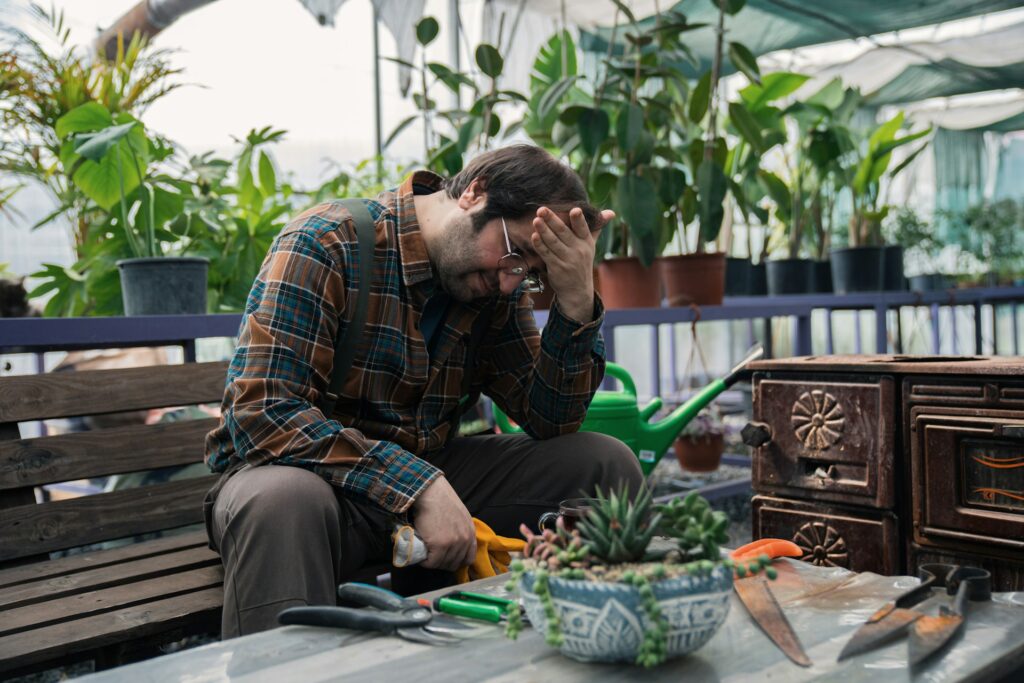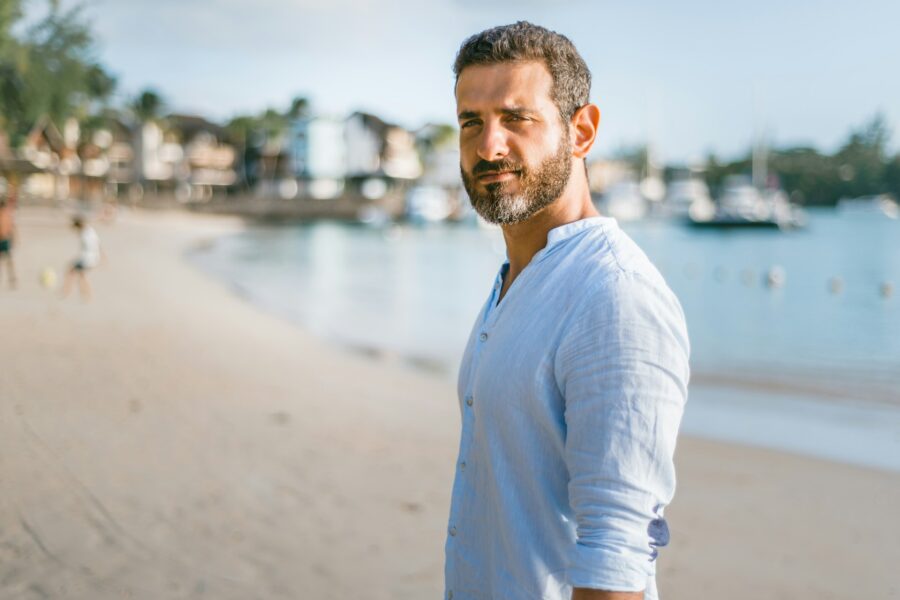Burnout used to be something you reached after a big push—the end of a long project, a particularly rough year, a life event that wiped you out.

Sadly, now, it feels more like the background noise of daily life. It’s no longer something you hit. It’s something you live with. In a world that never really stops asking more of you—more attention, more energy, more output—burnout has stopped being a temporary state and become something more chronic. Something you manage, rather than something you recover from in a weekend. That’s not just anecdotal, either. A 2022 survey by Mental Health UK found that one in five British workers felt unable to manage pressure and stress levels at work, and nearly half said they were “close” to burnout. These aren’t isolated experiences—they’re becoming the norm. So, what does it look like to live with burnout while the world carries on at full speed? What do you do when you’re exhausted, overwhelmed, and still expected to keep showing up?
Stop aiming for balance and start looking for relief.

One of the hardest things about burnout is that it makes you feel like the problem is you. Like if you just organised better, worked smarter, or had the right morning routine, you wouldn’t feel this way. But often, the problem isn’t a lack of effort. It’s that the demands are unsustainable. Instead of trying to fix everything, it can help to shift the question. Ask: what would bring a little relief right now? What could make things slightly easier? Maybe it’s cancelling a non-essential meeting, ordering dinner instead of cooking, or letting an email sit unanswered for a day. These things won’t solve burnout, but they can soften its grip, and sometimes, that’s the most useful thing you can do.
Build in pause points, even if they’re tiny.

When your brain and body are fried, rest stops being optional. But rest doesn’t always have to mean a full break or a full day off; it can be something smaller and more accessible. Studies show that micro-breaks throughout the day, even just 5 to 10 minutes, can reduce emotional exhaustion and improve focus. Take a few minutes between meetings to stare out the window. Sit down when you’re waiting for the kettle to boil. Walk without your phone. These moments of stillness don’t fix the wider problem, but they give your system micro-recoveries throughout the day. They’re like tiny, quiet acts of self-respect.
Stop waiting to feel better before making changes.

One of burnout’s nastiest tricks is convincing you that you need more energy before you can change anything. That once you feel more motivated, more together, more rested — then you can take action. However, the opposite is often true. Making even the smallest changes—deleting a task, asking for help, taking a proper lunch break—can create the energy you’ve been waiting for. You don’t need to overhaul your life. You just need to tweak the bits that are doing the most damage. In a 2021 meta-analysis, researchers found that problem-focused coping, as in addressing the root of your stress rather than avoiding it, was associated with lower burnout levels. That doesn’t mean powering through. It means noticing what’s draining you, and reducing the load wherever you realistically can.
Lower the bar and let it stay low.

Burnout thrives on perfectionism. On the pressure to always be doing your best, even when you have nothing left in the tank. So one of the kindest things you can do is consciously lower the bar. That might mean working at 70% capacity, or being okay with a “good enough” dinner, or saying “no” when you don’t have a reason other than being tired. It’s not laziness. It’s realism. Your body is already telling you it’s overwhelmed. Listening to that isn’t weakness; it’s wisdom. Psychologist Adam Grant has pointed out that restorative routines — not productivity hacks — are what help you sustain effort long-term, and that includes making peace with underachieving sometimes.
Don’t wait for the world to slow down.

If you’re burned out, it’s tempting to fantasise about a big break. A sabbatical, a career change, a retreat. And if those things are available to you, great. But for many people, they’re not. So, the alternative is learning to live differently in the same world. That might mean protecting your energy more fiercely, setting limits with people who drain you, or redefining what success looks like. It’s not about giving up — it’s about finding ways to exist that don’t require you to constantly push through your exhaustion. After all, burnout isn’t just a personal problem. It’s a structural one — and a cultural one. But until the system changes, creating small boundaries is one of the few tools you have to push back. You don’t have to be thriving. You don’t have to bounce back. You just have to make it a little more liveable. That’s enough. And that counts.



